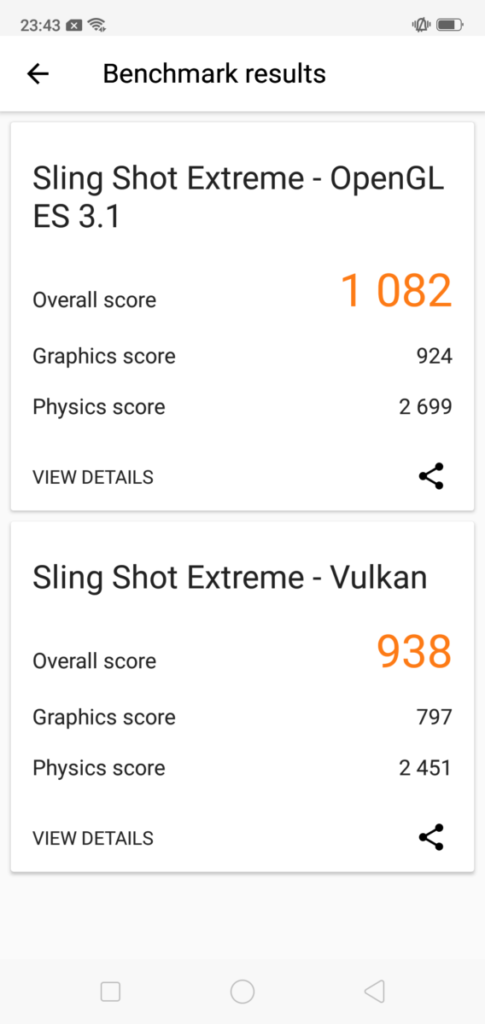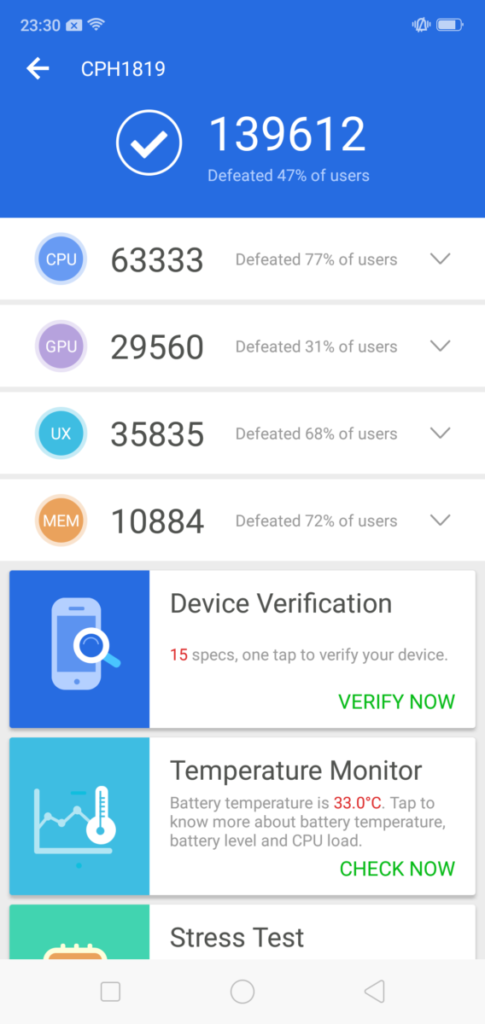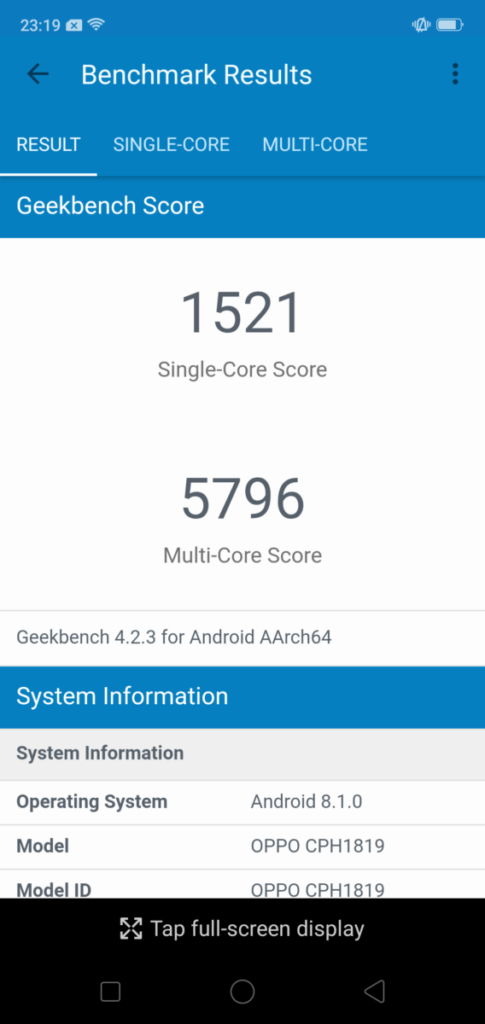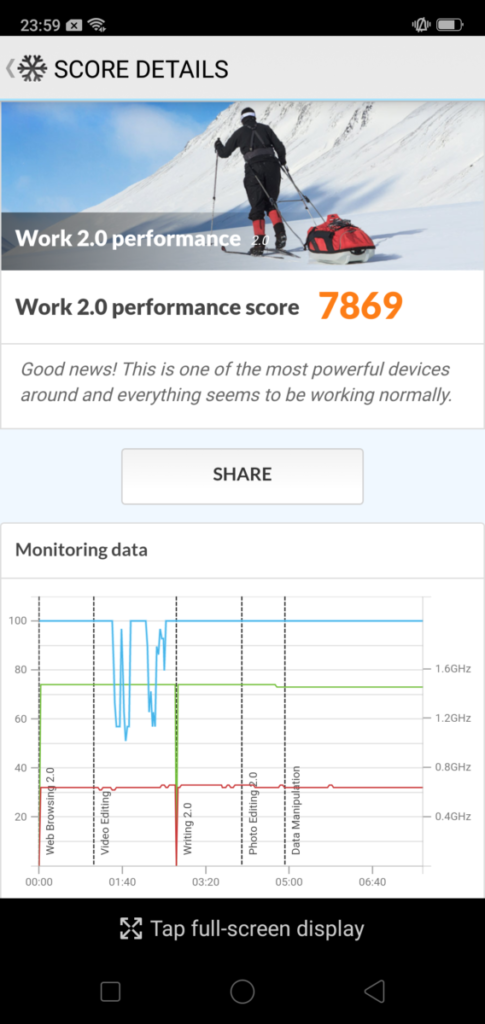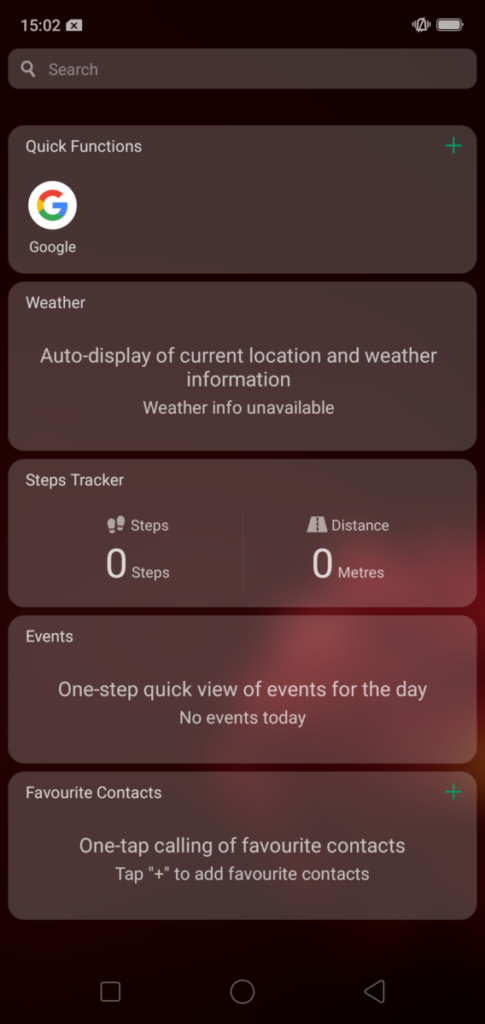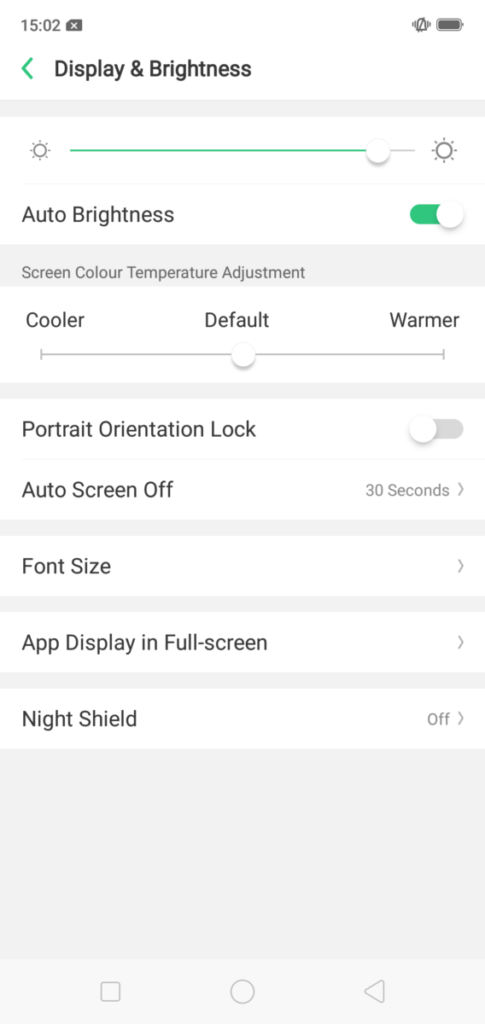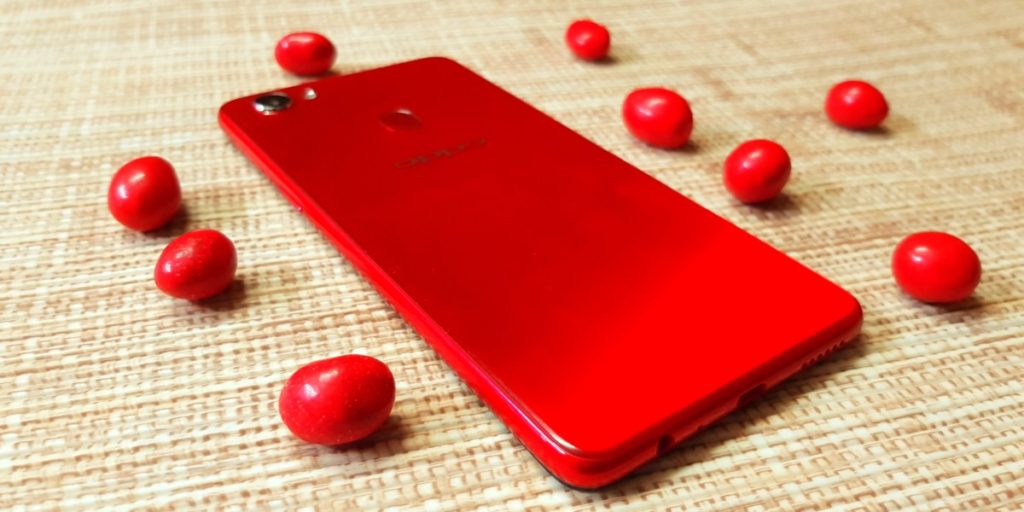
OPPO F7 review – Selfie Slinging Shooter
OPPO F7
Table of Contents
-
Design
-
Performance
-
Display
-
Battery Life
-
Camera (Front)
-
Value
OPPO F7 review
The OPPO F7 is designed and optimised to be a selfie snapping supremo and it succeeds in that regard with an excellent front camera and a fair mix of features in a slick looking design.
Chinese brand OPPO has made significant inroads into cornering the selfie camphone market and their latest selfie-oriented phone, the OPPO F7 aims to do that in a rather decisive fashion with AI-assisted hardware and a bevy of other interesting tricks under the hood to offer up shareworthy snaps.
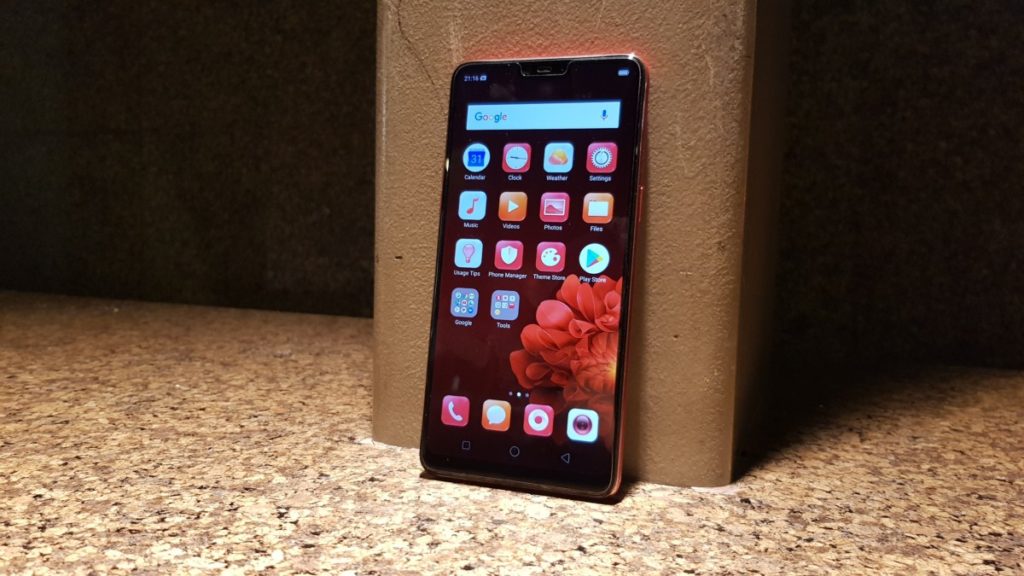
Out of the box, the F7 comes with a full monty of accessories. You get a soft form-fitting plastic casing, the obligatory wall plug and USB charging cable, a pair of headphones and the F7’s display even comes sheathed in a matte screen protector out of the box. All this combined offers quite a fair bit of value as you needn’t have to go rummaging about for all this extra kit after you get the phone.

Externally, the phone comes in one of three different colours – black, silver and, in our case, a striking shade of translucent candy red. Closer inspection reveals that the phone is primarily made of plastic which helps to contribute to its lightness though the finish has a tendency to be a fingerprint magnet. Applying the provided casing immediately after you take it out of the box would be a very prudent measure.
The base of the phone sports a quaint micro USB port to charge the phone, a speaker grille and a 3.5mm audio jack. The right side of the F7 comes with the power button and a rare triple SIM card slot while the left is primarily taken up by a volume rocker. The triple card slot allows you to simultaneously support two SIM cards and a microSD card for expanded storage as well – the smartphone equivalent of having your cake and eating it too.
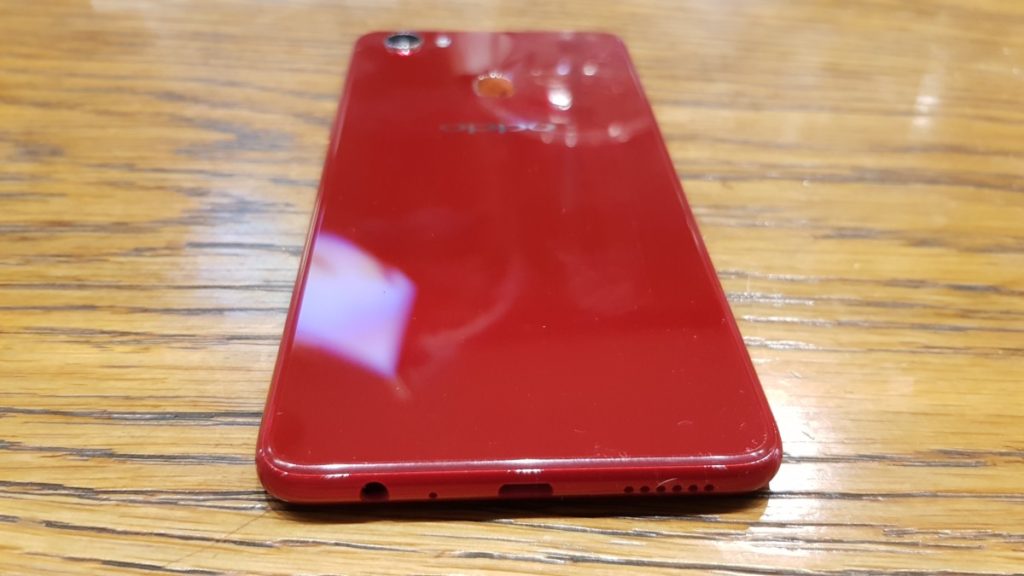
Up on the rear, the phone integrates a 16-MP camera in the upper left corner along with a silvery lozenge-shaped fingerprint reader. Unfortunately, the camera itself is raised slightly out of the housing, which means that some care will be required to ensure that the lenses don’t get scuffed in daily use.
On the front, the phone eschews buttons of any sort and goes for a notched 6.23-inch FHD+ display with the notched bit containing a massive 24-MP selfie camera. As a nice gesture, they’ve even tacked on a screen protector out of the box to protect the phone.
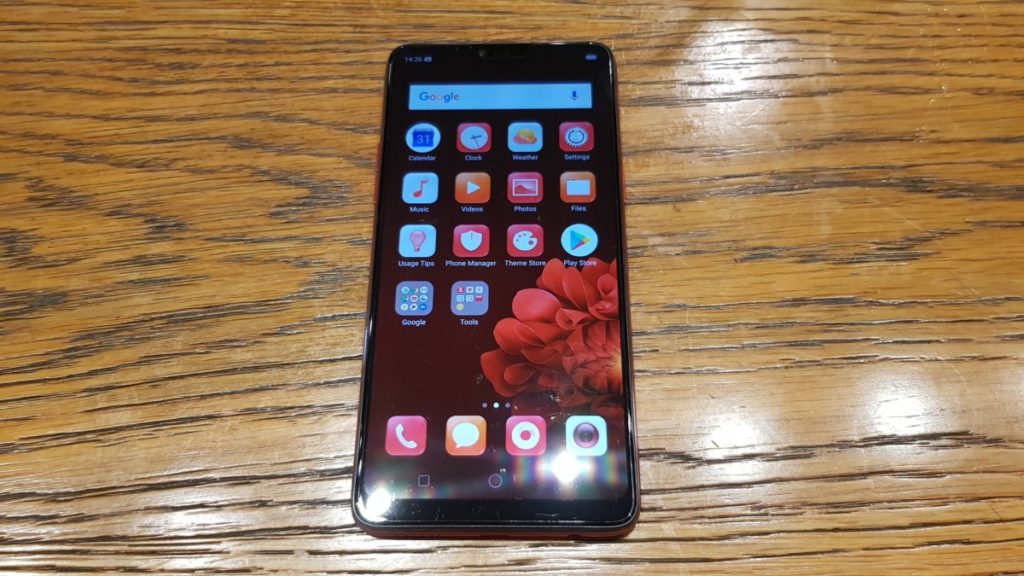 Overall build quality feels a bit on the light side but the phone is ergonomically sound with good placement of the power button, fingerprint reader and volume rocker to allow for easy one-handed usage.
Overall build quality feels a bit on the light side but the phone is ergonomically sound with good placement of the power button, fingerprint reader and volume rocker to allow for easy one-handed usage.
OPPO F7 Performance
The OPPO F7 has a rather unusual selection of hardware running under the hood. Rather than opting for a midrange Snapdragon processor, the phone instead goes for a MediaTek Helio P60 1.9GHz octacore processor running Android Oreo 8.1 overlaid with their Color OS 5.0 user interface, 4GB RAM and 64GB of expandable storage with an effective 50GB or so of usable space. A higher end variant with 6GB RAM and 128GB of expandable storage is also available for a bit more dough.
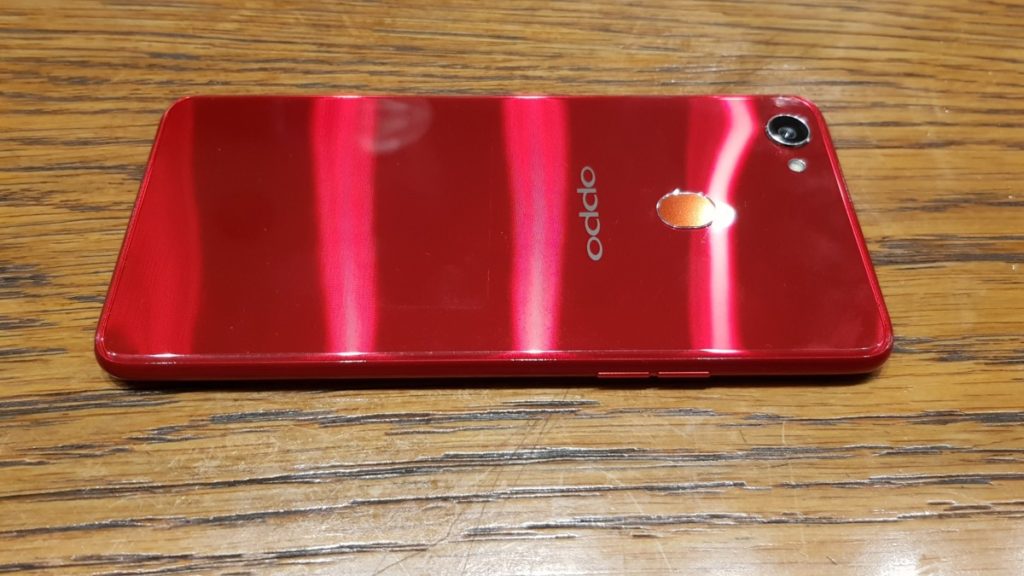
The Helio P60 processor is built on a 12nm FinFET process and integrates a quartet of ARM Cortex-A73 cores to handle the heavy lifting and four ARM Cortex-A53 cores for otherwise general grunt work. When subjected to synthetic benchmarks, the phone yielded a fair performance. In Geekbench, it yielded a single-core score of 1,521 and a multi-core score of 5,796. In Antutu 3D, it got a score of 139,612 points. In 3D Mark’s Sling Shot Extreme OpenGL ES 3.1 test, it got a score of 1082 while in Sling Shot Extreme Vulkan it got a score of 938. In PCMark’s Work 2.0 performance test, it got a pretty respectable score of 7,869.
Under practical field conditions, the OPPO F7 acquitted itself in a fair fashion and handled most of what is needed in a midrange workhorse phone without undue difficulty. When subjected to gaming, it could handle Player Unknown Battleground on medium settings though it managed to tackle Arena of Valor, Asphalt 8: Airborne and Hitman Sniper on high settings without keeling over.
In keeping with the external theme of the phone the Color OS UI on the OPPO F7 has a red hued aesthetic about it with burnt orange and bright red icons festooning the user interface though you can optionally swap this out with a range of both themes on the OPPO theme store. Their Color OS also has the notable addition of a ‘Game Acceleration’ mode that optimises system resources for a smoother gaming experience and mutes incoming notifications for uninterrupted gaming. Of particular value is the integration of a surprisingly effective face unlock mode that unlocks in mere seconds the moment you raise your phone up to your mug. Bar that, you still have the usual options including a rear-mounted fingerprint reader.
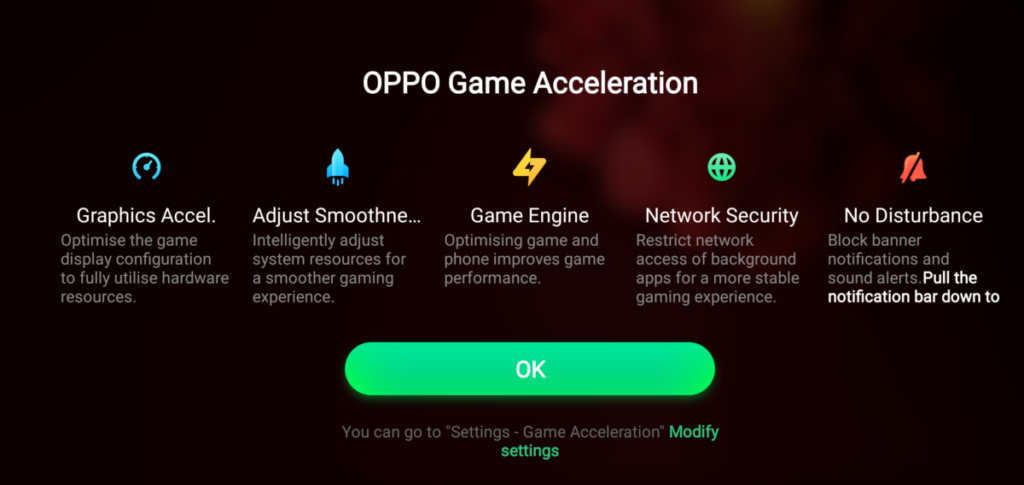
The OPPO F7’s notched display proved serviceable with good colour rendition veering on the cool side and crisp detail for videos, gaming and web browsing alike. If the colours don’t quite appeal, you can opt to make it even warmer or cooler via a slider in the settings.
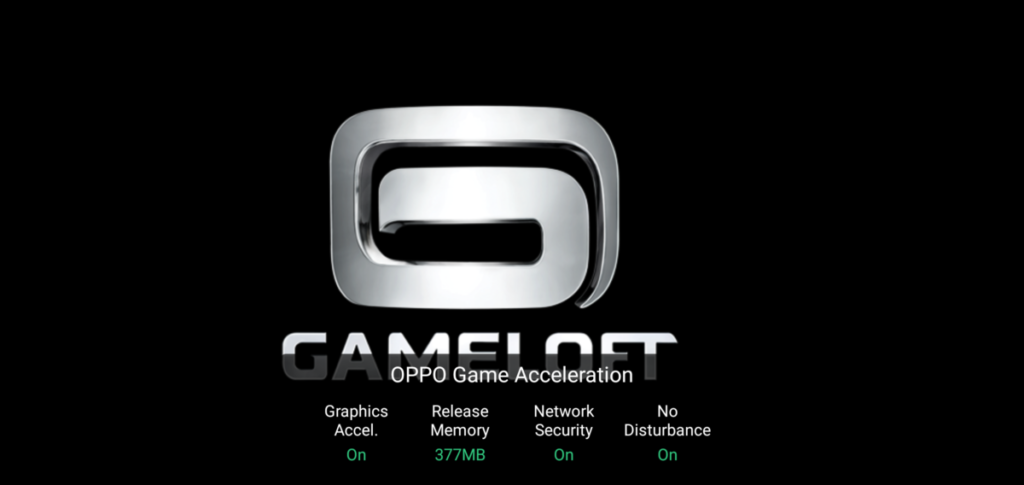
The display offers fair clarity in daylight if you crank brightness to maximum and after sundown has a ‘night shield’ mode to make it easier on the eyes. The notch itself fortunately doesn’t get in the way with compatible apps running in fullscreen mode though you can force an app to do so with mixed results. On the audio front, the single mono speaker at the base of the phone did a pretty good job with excellent clarity even when cranked to maximum and a fair amount of detail.
OPPO F7 Rear and Front Camera
The OPPO F7 sports a single-sensor, rear-mounted 16-MP camera with an F/1.8 aperture along with a front-mounted, single-sensor 25-MP camera using Sony’s IMX576 sensor and some interesting AI enhancements.
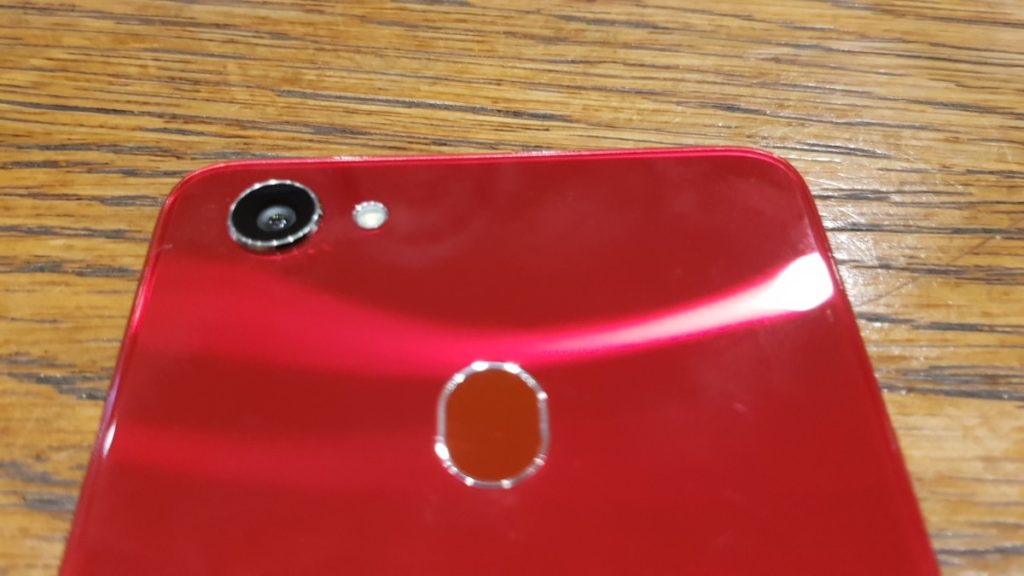
Rather than a secondary lens for depth detail, both front and rear cameras rely on software to render depth of field in imagery as well as the aforementioned AI Beauty 2.0 beautification mode. The interesting magic here that sets the F7 apart from the hoi polloi is that its beautification algorithms are gender specific – it’s able to hold things back a tad and make more judicious skin smoothening and whitening for male subjects versus female subjects in order to offer more natural results.

The camera user interface for the F7 proves to be one of the better ones out there with a logical layout and most of the important items clearly delineated with distinct iconography and sliders.
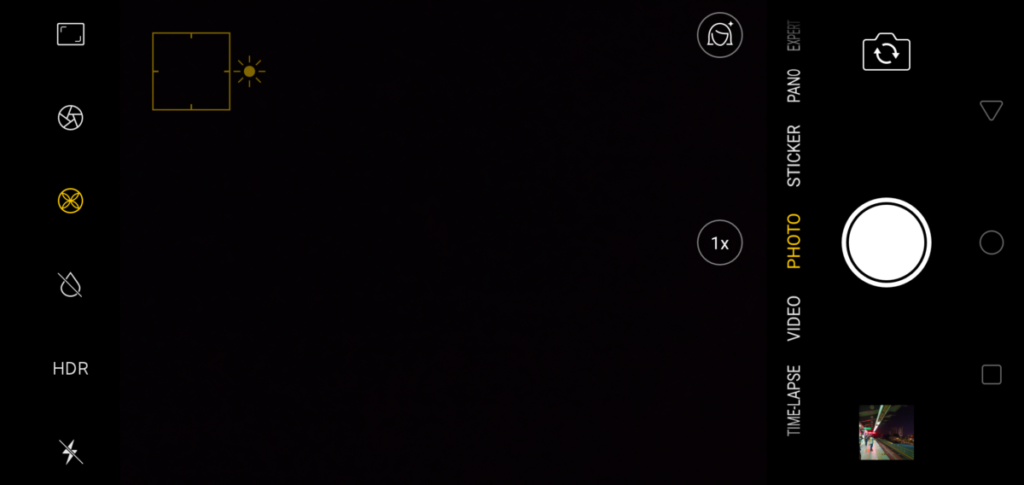
The left row lets you set a timer, change aspect ratio, activate and deactivate the phone’s Super Vivid mode that intensifies colours significantly, turn their Depth of Field mode on or off and allow for HDR mode to be forced on, off or set to auto.
A side slider on the right lets you go through a bunch of other modes including an AR sticker mode as well as a comprehensive Pro mode that lets you tweak ISO, exposure value, shutter speed, white balance and autofocus. The bright f/1.8 aperture helps it deliver pretty good shots with good detail and colours under well lit conditions and fair, if somewhat noisy ones in low light.




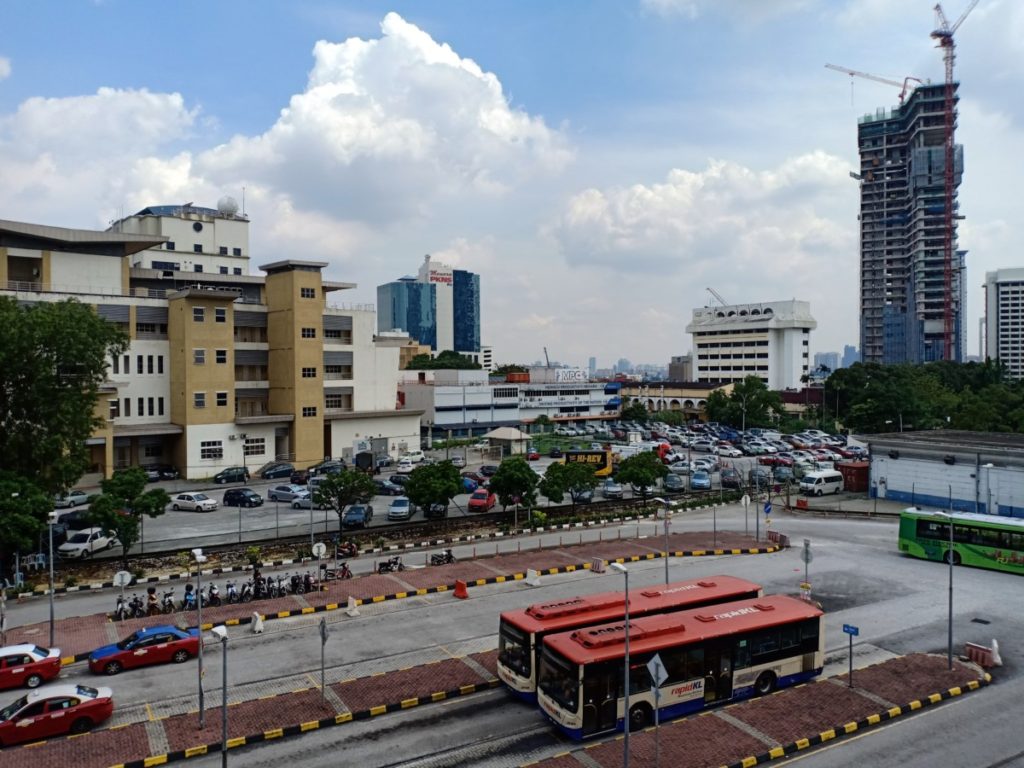
As you’d expect, the front camera outclasses the rear and the phone prioritises the performance of self portrait shots over other concerns. The front selfie camera stands out and the AI Beauty 2.0 mode gave, for the most part, a pleasantly restrained touch-up when taking pictures of men and a more comprehensive approach to skin smoothing and whitening with female subjects. Most of the algorithms work on smoothing out and whitening skin tone, squelching blemishes and removing dark eyes as well as crow’s feet.
- Outdoors without Beauty mode on a male subject
- Outdoors with Beauty mode on Auto
- Indoors without Beauty mode on a male subject
- Indoors with Beauty mode on auto on a male subject
Overall results were good in both daylight and dimly lit conditions when taking snaps of both genders via the front camera. On rare occasions, Beauty Mode 2.0 on auto was heavy handed with the beautification, resulting in a somewhat unnaturally smooth visage and white pallor which is more apparent in male subjects. In situations like this you’ll have to take a more direct hand and dial it down manually via a slider for a less pronounced beautification effect. Fortunately, it’s more competent at handling female portraiture with way more hits than misses. For the most part, the F7’s front camera ought to be able to help take your selfie game to the big leagues.
- The AR sticker mode in action
- Beauty mode on Auto under low light
- Beauty mode on Auto
- Auto mode without Beauty mode
OPPO F7 Price, Battery Life and Conclusion
The OPPO F7 sports a 3,400mAh battery charged by a micro USB port at the base of the phone. It lacks OPPO’s fast VOOC charge tech though it still can get a full charge from dead zero in a couple of hours. In terms of endurance, the phone was easily able to last enough for a full day of heavy use that include heavy gaming, web browsing, a combination of wifi and data and constant texting through the day though it needed a top-up come sundown.
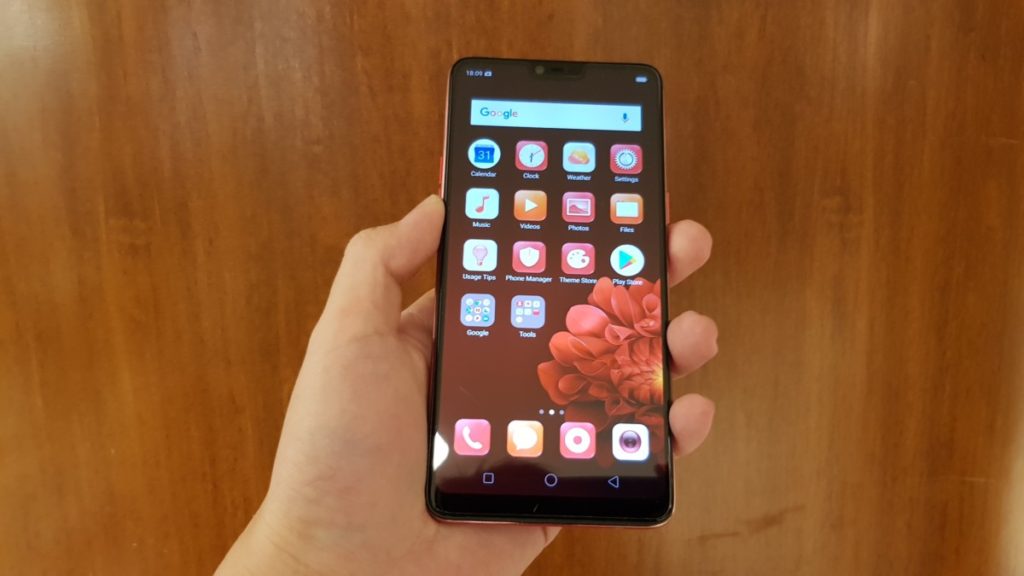
As it stands, the OPPO F7 is a midrange workhorse that offers fair performance in every aspect though it prioritises one aspect of its design over all others and succeeds – taking selfies. Among the crop of camphones out there, this is one of the best in its price range for taking selfies. If you prioritise self portraiture over other concerns, you’ll find the OPPO F7 well worth a look.
What we liked Brilliant red paint job, exceptional AI-enhanced selfies, comprehensive accessories with the box
What we didn’t Casing is somewhat scratchprone, finish is a fingerprint magnet, occasionally over aggressive AI Beauty mode
We say The OPPO F7 is designed and optimised to be a selfie snapping supremo and it succeeds in that regard with an excellent front camera and a fair mix of features in a slick looking design.
Specifications
Price RM1,299
Display 6.23-inch IPS LCD, 2,280 x 1080 pixels
OS Android Oreo 8.1
Processor Mediatek MT6771 Helio P60 2.0GHz octacore
Memory 4GB RAM/ 64GB storage
Camera 16-MP f/1.8 w/ LED flash (rear) / 25-MP f/2.0 w/ LED flash(front)
Battery 3,400mAh
Size/Weight 156 x 75.3 x 7.8 mm /158g
* Review unit courtesy of OPPO Malaysia

